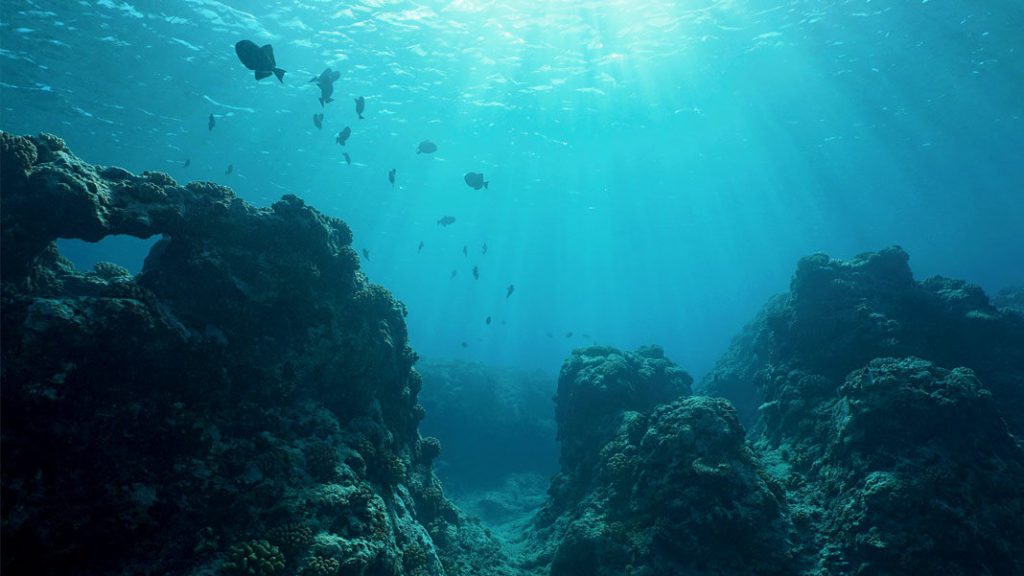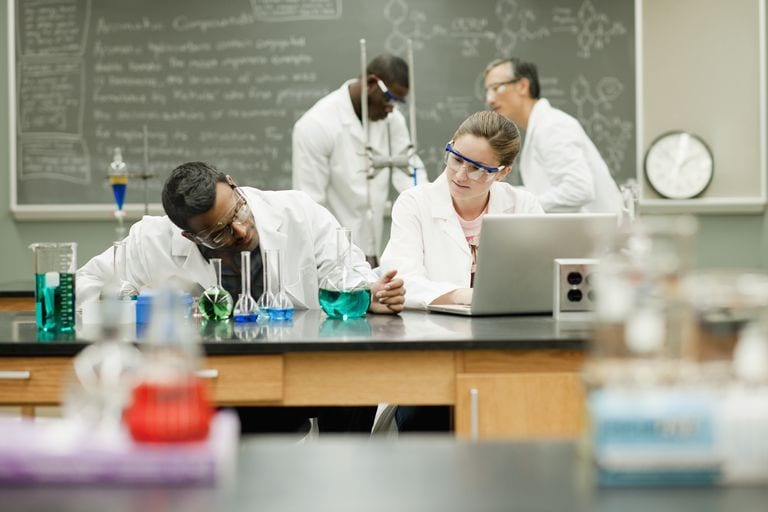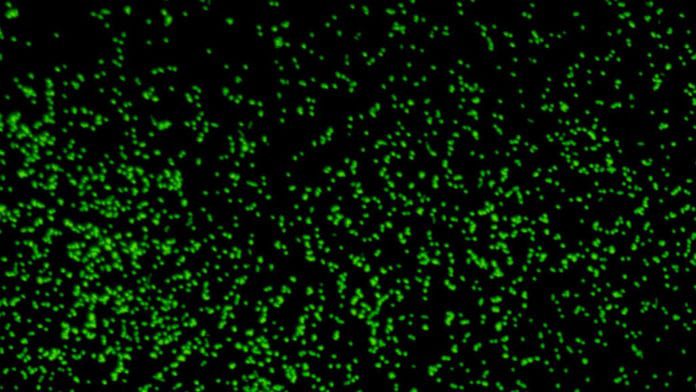Microbes have been present on this planet long before any other creature showed up. From the beginning of life, the planet has been a playground for microbes from the highest of mountains to the deepest seas. There are many different types of microbes, with most of them being well studied and understood.
There are very hardy microbes as well, some which can survive even in outer space have been discovered in the past. Research into the biology of these fascinating creatures has led to a comprehensive understanding of the biological processes that govern the myriads of interactions and the ecology of our planet.

In a shocking revelation for the general public, researchers have revealed that they dug out sediment from the depths of the ocean, 250 feet to be precise, and collected an ancient community of microbes and revived them.
The news has spread like wildfire because reviving organisms has been the territory of science fiction and is almost considered cliché amongst the general public. The researchers have reported that the study is going excellently, and that there is no danger of a new catastrophe threatening the world with an extinction-level event.
The origin of these microbes is an interesting topic. About a 100 million years ago, somewhere under the modern Pacific Ocean, volcanic rocks formed a very hard seafloor. Termed by geologists as “basement,” sediment began collecting over it. This sediment was different.
Across the oceans of the world, much of the sediment that is collected on the seabed is organic matter. It typically comprises of broken-down bodies of sea creatures that died in the same waters. The pacific ocean is not as rich in life as other oceans. This means that a lot of the sediment on the seabed is volcanic ash and even cosmic dust.

Because of this, researchers had to drill 75 meters into the seafloor. The researchers extracted the sediments and searched for microbes amongst the ultra-fine sediment. After clearing out some initial confusion on the density of ancient microbes in the sediments, researchers were able to extract the microbes from the sediments.
These primarily aerobic cells were then brought back to life. The researchers fed the cells Carbon and Nitrogen to revive them. The cells were able to feed and gain weight by feeding on the substance that the researchers provided. This was a big breakthrough.
The researchers explained that the cells were not dead, and were only in hibernation. This research could provide us with some precious insight into the nature of these ancient organisms and their ecology along with the biological processes involved in reviving such organisms.
Further Reading:


